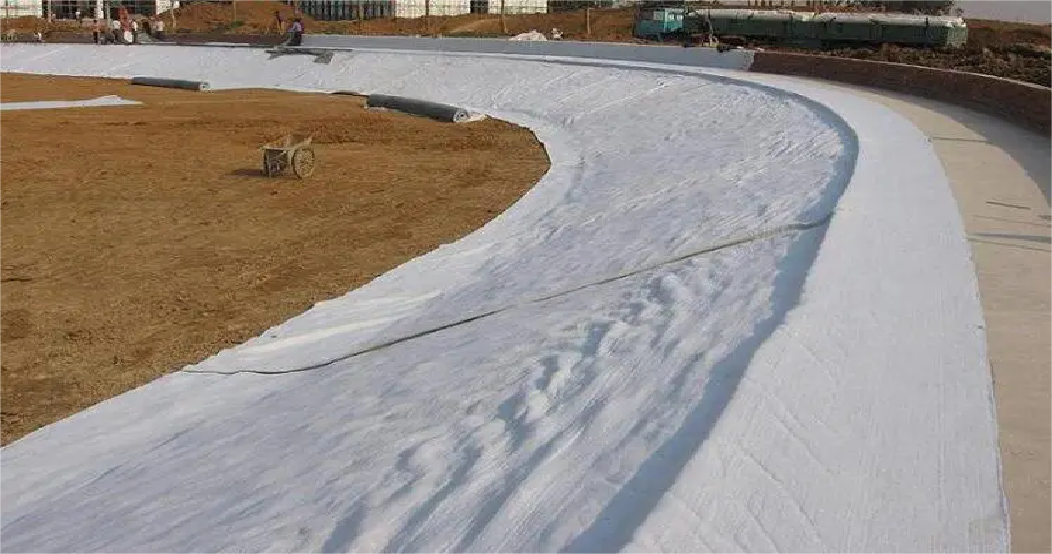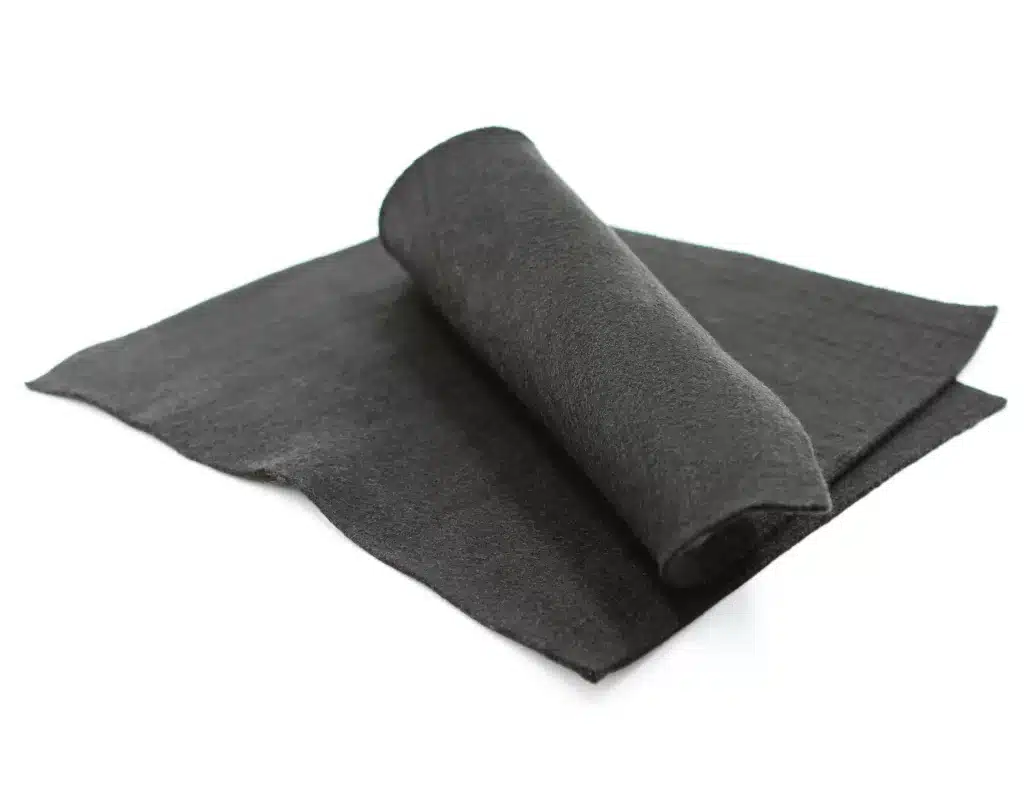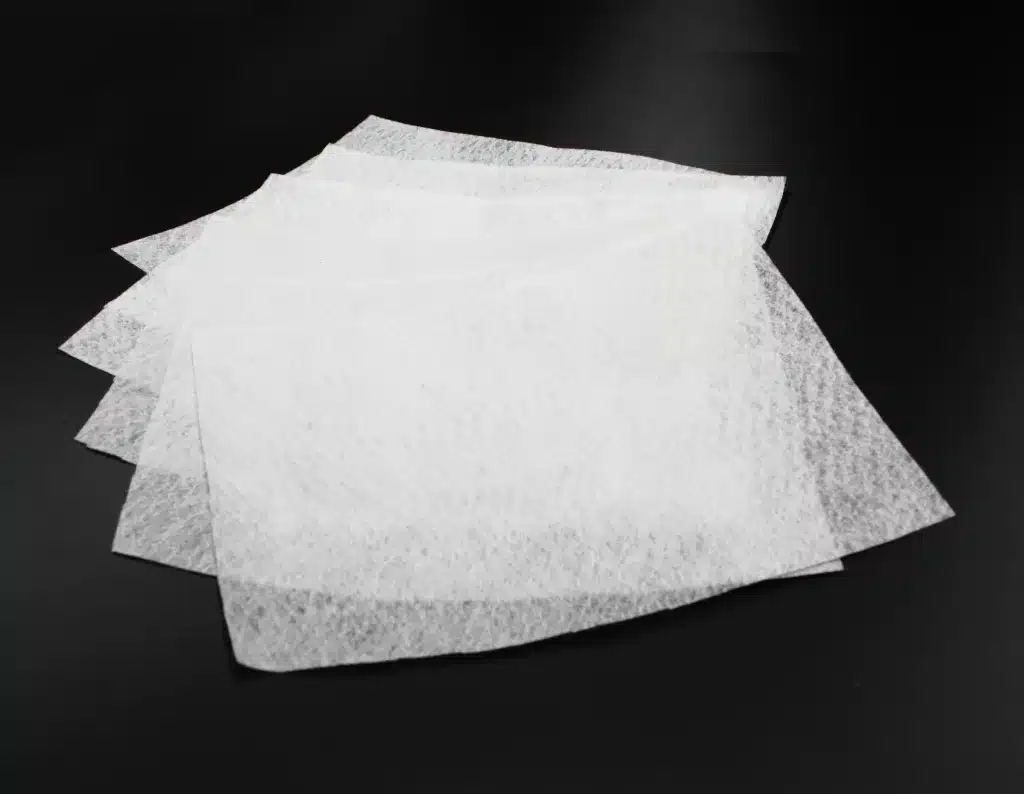+86-159 9860 6917
info@geofantex.com
geofantex@gmail.com
+86-400-8266163-44899
Calculating the amount of fabric you need for a project may seem challenging, but with the right approach, it becomes straightforward. Whether you’re working on a landscaping project, road construction, or another venture that involves geotextiles, understanding the steps to determine fabric requirements is crucial. This guide will walk you through essential calculations, considerations for fabric types, and how to incorporate overlap for geotextile installations.
How do we determine the amount of fabric needed?
To determine the amount of fabric required, you first need to measure the area you’re covering. For rectangular or square spaces, simply multiply the length by the width. For irregular shapes, break the area into smaller sections, calculate the fabric for each, and then sum them up. Always consider fabric width—standard rolls are typically 12-15 feet wide—and adjust your calculations accordingly.

How to select geotextile fabric?
Selecting the right geotextile fabric depends on the project’s needs. For filtration and drainage, a nonwoven geotextile fabric is ideal, while woven geotextile is stronger and better for reinforcement applications. Consider factors like soil type, water flow, and load-bearing requirements. Always check the manufacturer’s specifications to ensure the fabric is suitable for your particular use.
How do I calculate how much material I need?
To calculate material requirements, you need to account for both the surface area and any additional factors like folds, cuts, and overlaps. For fabric installations, add 5-10% extra material to allow for wastage and trimming. Factor in the geotextile’s roll dimensions, making sure you have enough length and width to cover the entire area without gaps.

How much overlap for geotextile fabric?
For geotextile installations, a 6 to 12-inch overlap is typically recommended between sheets to ensure optimal strength and function. This overlap prevents soil migration and maintains the integrity of the fabric under load. In some cases, for added security, you may want to increase the overlap, especially in areas of high moisture or heavy traffic.
Calculating how much fabric you need, particularly for geotextiles, requires careful measurement and planning. By considering the dimensions of the area, fabric types, and appropriate overlaps, you can ensure your project is covered adequately. Always select the right geotextile based on the environmental and load requirements, and account for extra material to handle any contingencies. This approach will help you minimize wastage and ensure the best results.



Get Free Sample
We’ll respond as soon as possible(within 12 hours)






















